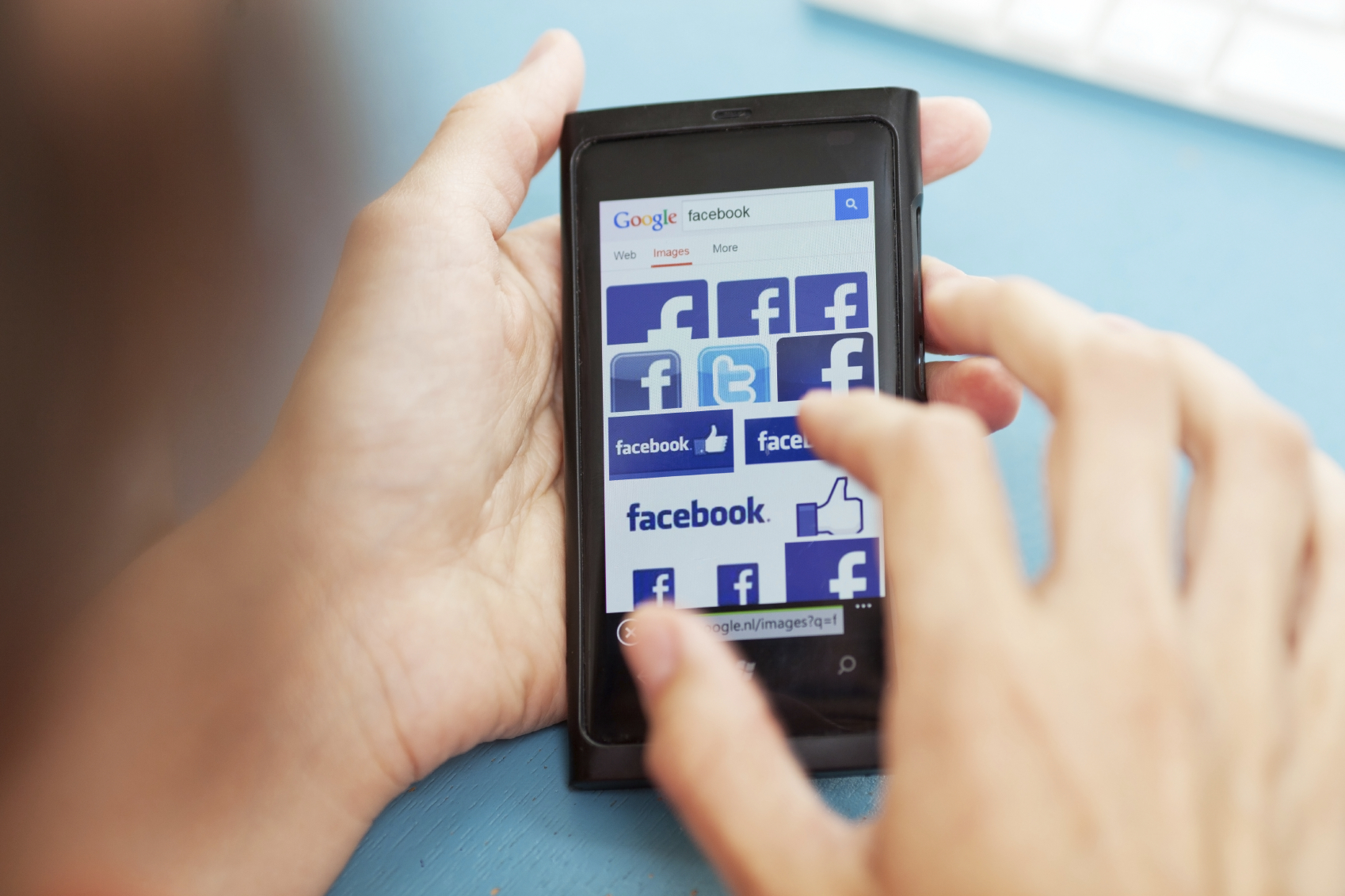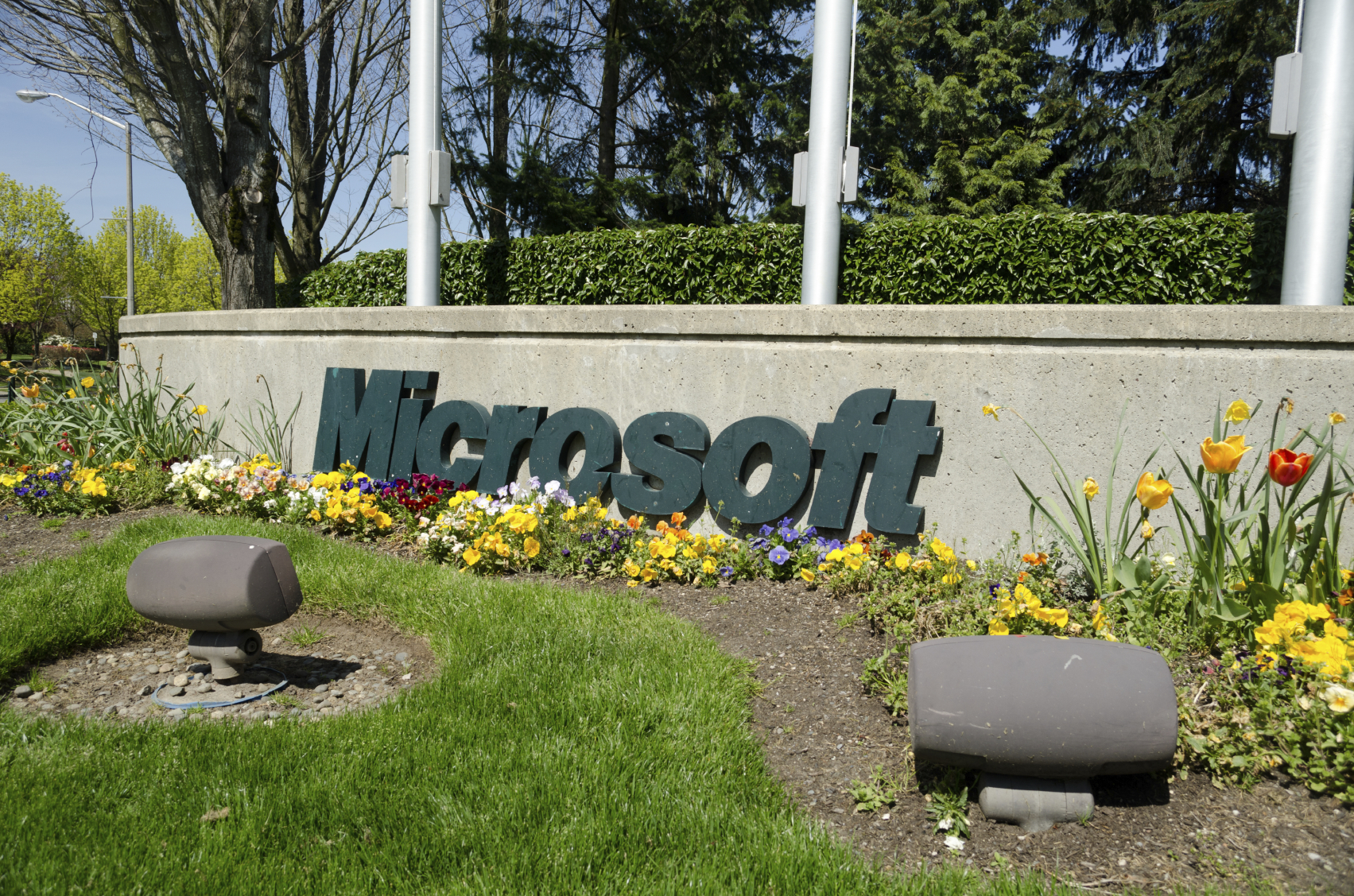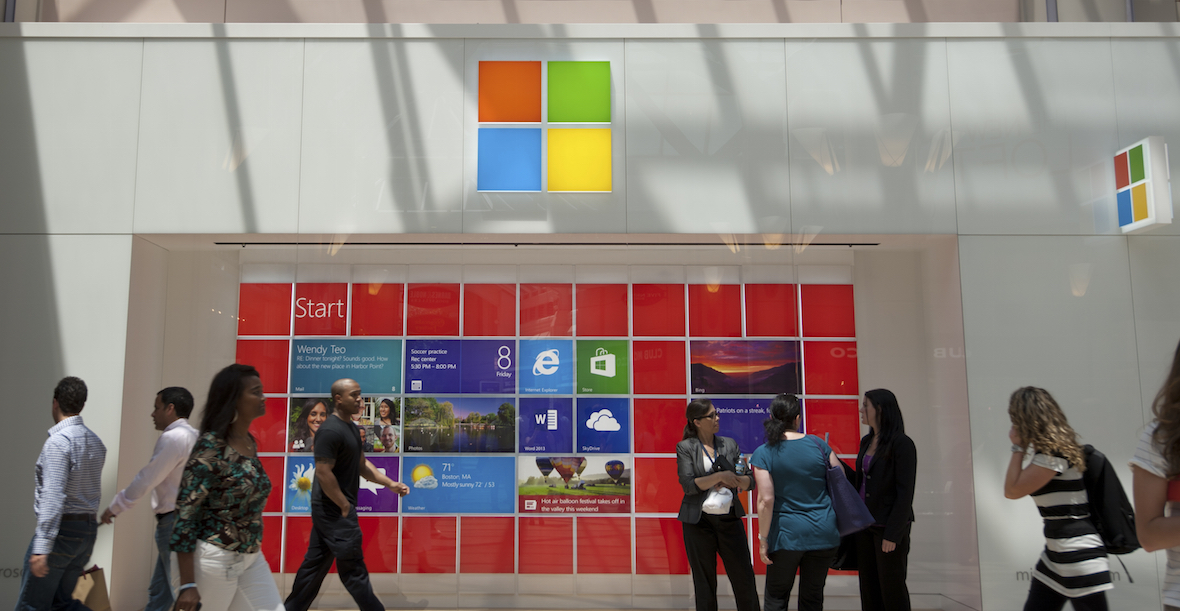Editor’s Note: FAST FORWARD is a new Lab product that aims to be your go-to guide to tech-driven changes in the media landscape. It is a FAST read for you and a simple FORWARD for your clients and team. This is the first of our Fast Forward analyses, and we welcome any constructive criticism or feedback.
What Happened?
Yesterday at its annual I/O developer conference, Google debuted some game-changing new products and services that could redefine the entire app ecosystem. The company wowed the crowd with a new “Now on Tap” feature, part of the new Android M OS, which aims to provide contextual information and app deep links based on the content currently on the screen. Moreover, Google also updated its AdMob platforms to add new features such as improved ad targeting and tools for native ad creation.
What Does This Mean for Brands?
For both Android and iOS app owners, make sure your app is submitted to Google for indexing. While Now on Tap will always be Android only, iOS apps should be indexed also as apps for both platforms will need to do so to appear in Google search results on the web.
Google also announced that Play Store app listing content can be A/B tested, and that they will help developers analyze and understand the results. The A/B testing will be a huge help in converting Play Store views into downloads.
The IPG Media Lab, Ansible, and Reprise Media can help you strategize for these changes and produce content that will maximize the benefits from the new distribution and tools. This will get your app in front of more users, both in search results and in the Play Store, and ensure that those users are reminded of your app at the most useful moments through Now on Tap.
How It Works
If a movie title is mentioned in an email, activating Now on Tap with a long press of the home button brings up a Now card with glanceable information pulled from IMDB, a link to the trailer on YouTube, and deep links to relevant apps on the user’s phone. In this case, the user could go directly to the Tomorrowland page in the IMDB or Flixster app.
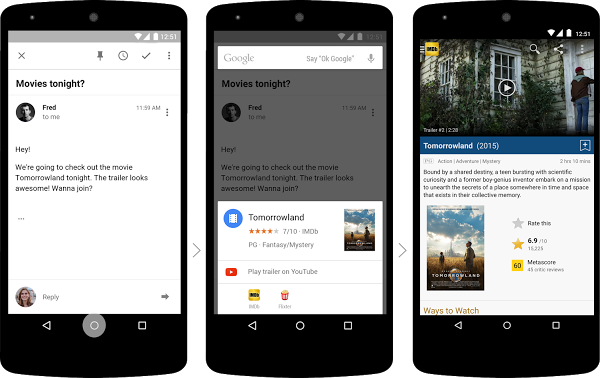
For a restaurant mentioned in a text message, Now on Tap surfaces Google reviews and direct links to its location and phone number, as well as the Yelp and OpenTable apps.
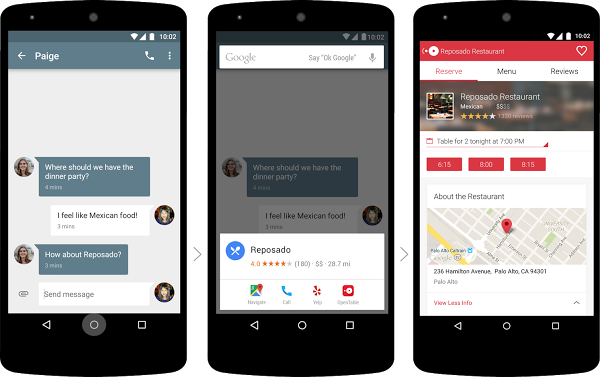
For fashion brands, indexing will be key to allowing users to go directly from a brand or product mention in an email or text to an app like Spring where the user can browse your related products or complete a purchase.
For verticals such as travel, where a mobile-optimized website may have sufficed, that strategy will no longer deliver enough value on Android. A native app, submitted for indexing, will allow Now on Tap to surface your brand app at the best possible times and allow users to book the trip they were talking about.
Google has incentive to display some glanceable information to answer basic questions but not to go too far on that front because that would discourage Android app development if users got everything they needed from Now on Tap instead of the third party apps. Therefore, we expect that Now on Tap will drive more app use and surface the right apps at the right moments for Android users.
Market Impact
The new Now on Tap feature means a system-wide deep-linking integration with all third-party apps via Google Now, which produces great opportunity for brands to benefit from contextual suggestions. Interestingly, the official announcement of Now on Tap was posted on Google’s official search blog, rather than the official Android blog. This signals the importance of the new feature for Google in a world where more and more time is spent inside apps and not in the web browser, where Google has been dominant. More than half of total internet time is spent in a mobile app and almost 90 percent of mobile internet time is spent in apps. Google has figured out a way to be useful for both users and app owners in this new reality and at the same time move ahead of Apple’s Siri and Facebook’s Graph Search.
Moreover, with the new updates to the AdMob’s platform, the over 650,000 apps it currently supports can now pull ads from 40 ad networks, including Facebook, Twitter, and Tencent GDT, and can present those ads in a more native format using CSS defined by the app. Similarly, Google also launched Universal App Campaigns for AdWords to help advertisers reach a wider audience across Google’s Search and AdMob platforms, as well as on mobile sites, on YouTube and on Google Play. With Facebook increasingly challenging Google’s dominance on mobile app install ads, Google clearly feels compelled to make it a more appealing ad platform for brands and developers alike with all these useful new tools.
For More Information
Please contact Engagement Director Samantha Holland ([email protected]) at the IPG Media Lab if you would like more detail or to schedule a visit to the Lab.
All featured images courtesy of Google’s Official Search Blog

